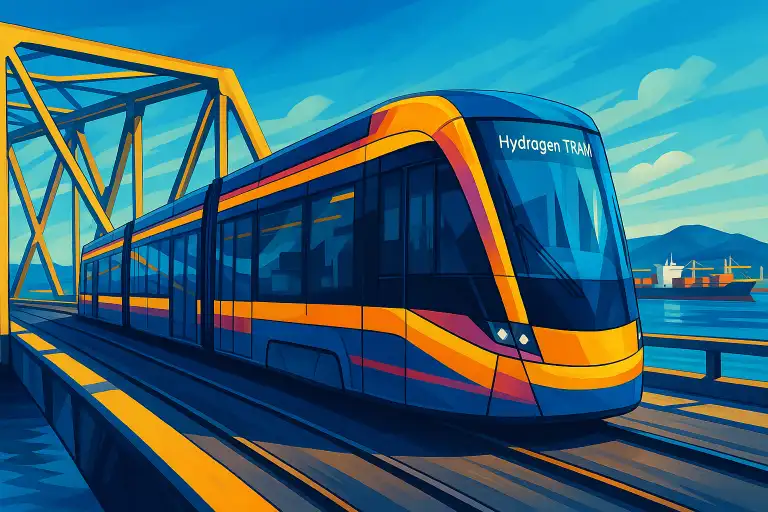
How the Vegan Trend Masks a New Kind of Food Inequality
Trendy vegan cafés are thriving in Korean cities, but they may be eclipsing more practical, affordable, and ecologically grounded food traditions. What’s lost when clean eating becomes a brand — and who gets left behind?




















